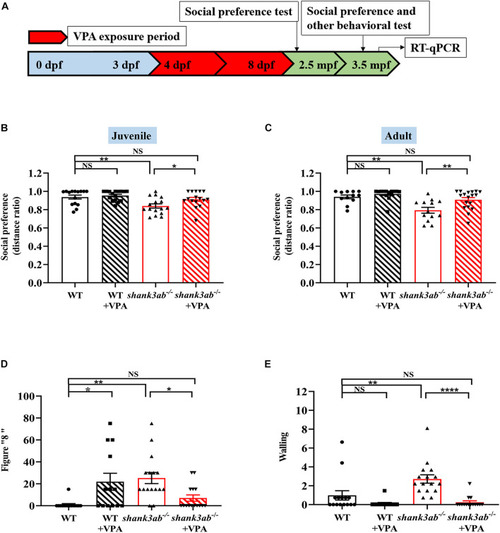FIGURE 5
- ID
- ZDB-FIG-210929-17
- Publication
- Liu et al., 2021 - Social Deficits and Repetitive Behaviors Are Improved by Early Postnatal Low-Dose VPA Intervention in a Novel shank3-Deficient Zebrafish Model
- Other Figures
- All Figure Page
- Back to All Figure Page
|
Improved ASD core symptoms in |

